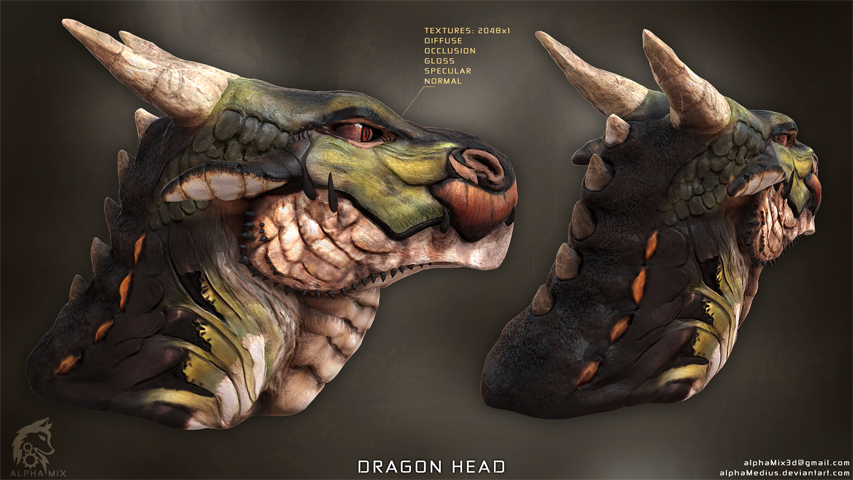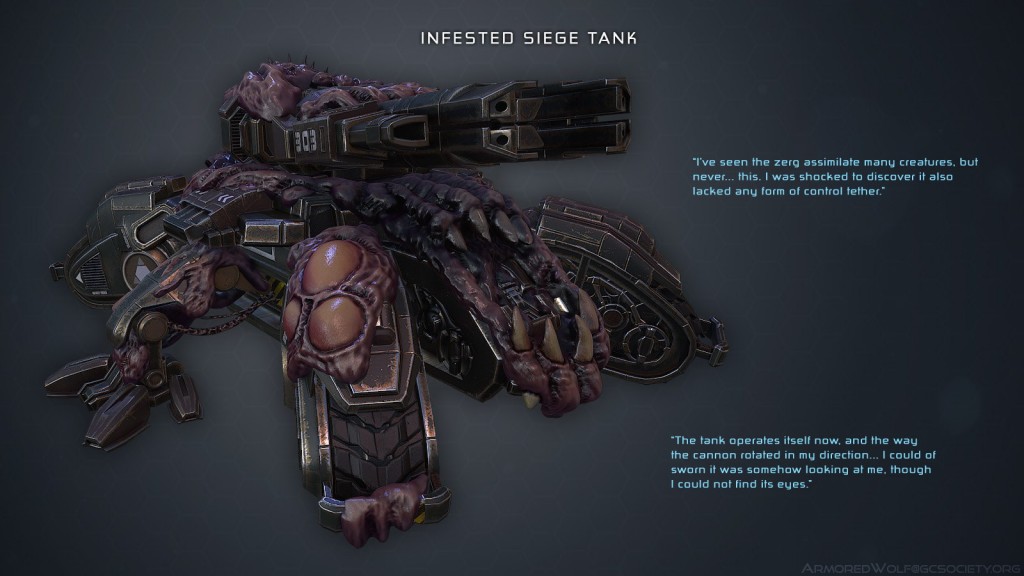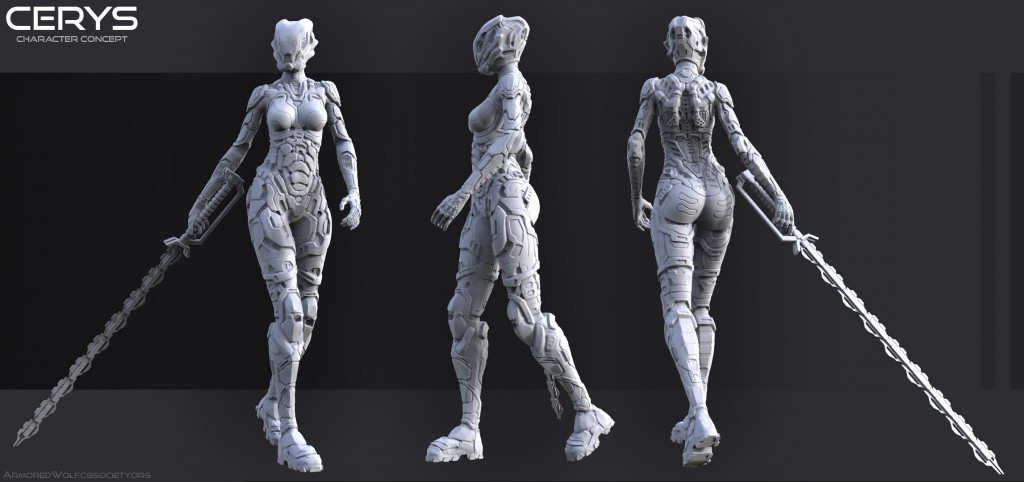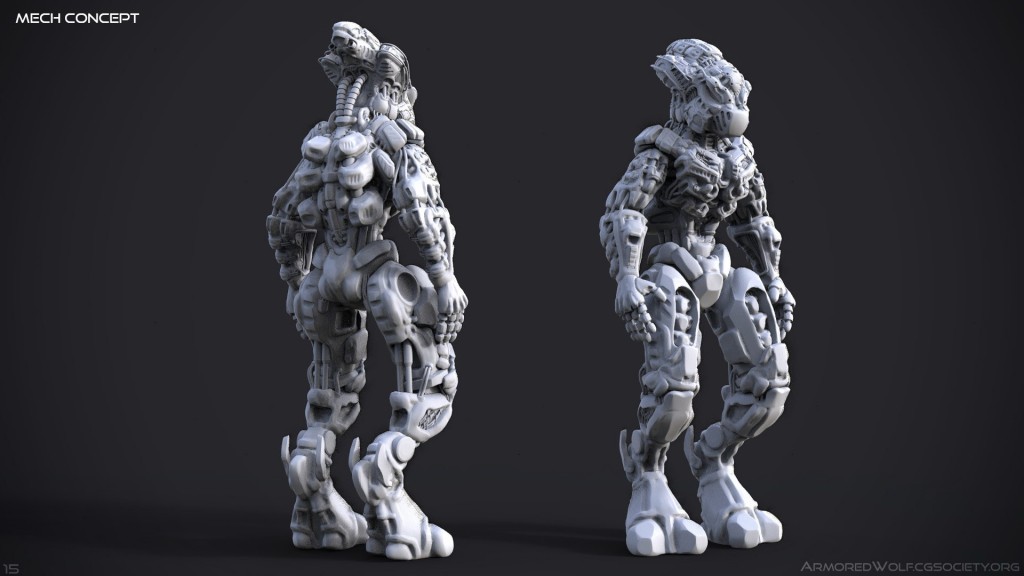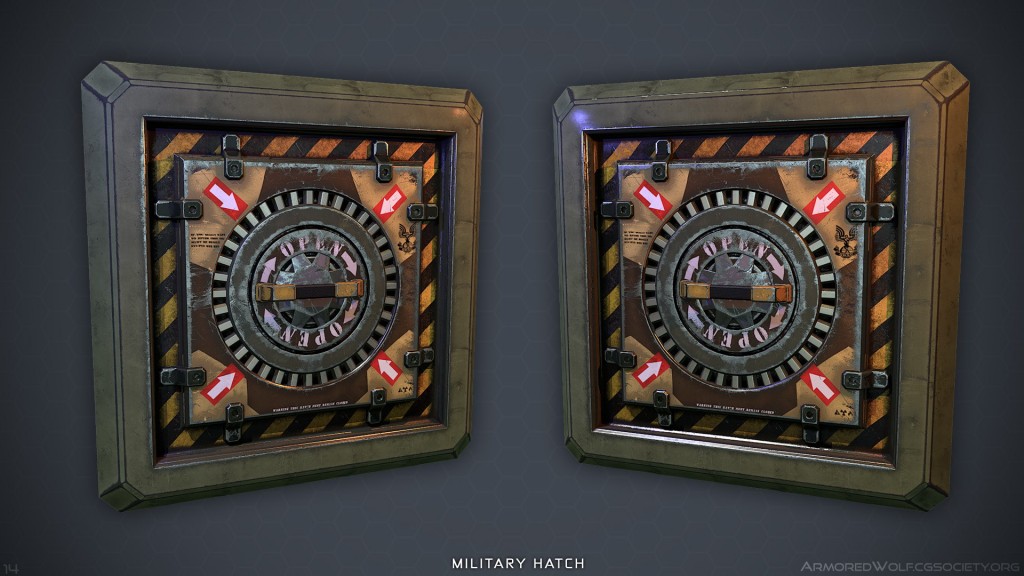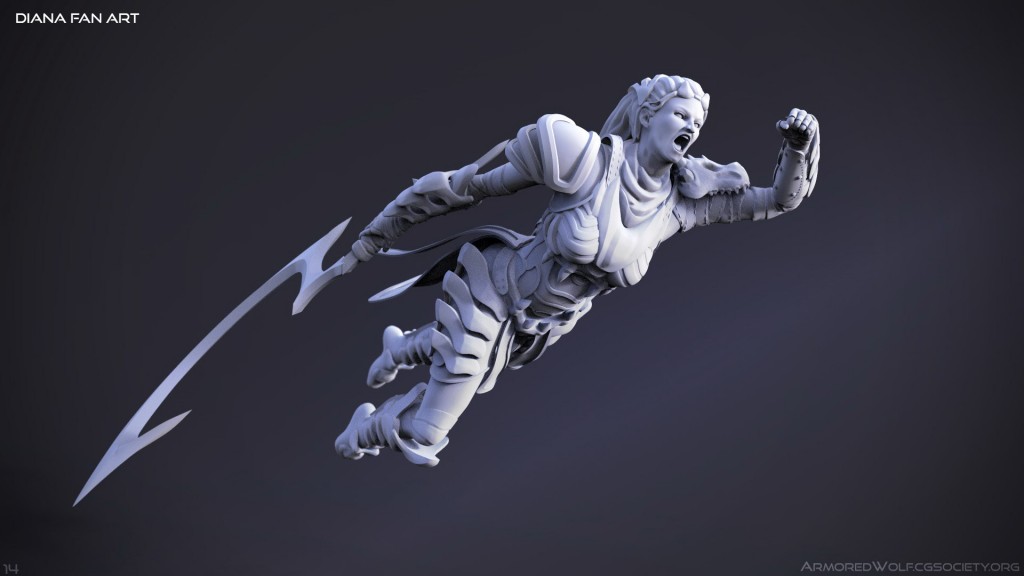Artist Juan Hernandez (Juan Hernandez) told in an interview with the 80 level resource about the techniques he uses when creating 3D models. We publish a retelling.
Getting started with the model
The initial stages of creating a picture are the most difficult, Hernandez believes. Here are his tips at this stage.
Collect references
Hernandez advises relying on examples from the real world – or on the work of other artists. Even if there is no desire to use them as references, they can still become a source of inspiration and determine the shape of the object and additional details.
Never start with the details
The artist quotes the words of his drawing teacher: “go from the general to the particular.” You need to start with large shapes and the silhouette of the picture. Hernandez advises paying as much attention to proportions as possible. In order not to start detailing the image ahead of time, he suggests working with the model in low resolution at first.
Get rid of what you don’t like
Image elements that are out of place or simply ugly will distract attention and interfere with further work.
Add “wear and tear”
Sometimes you don’t want to model cracks on a character’s brand-new armor or stain it with dirt spots. But if you add “weariness” to the picture, it will become more realistic. The main thing is not to overdo it.
Give the models names
It doesn’t matter what you create – a character, an environment, or a weapon. Give him a cool name, Hernandez advises. And come up with a short story. Hernandez gives the models names at the very beginning of the work, because it spurs the imagination.
Sculpting
Hernandez notes that his favorite sculpting program is Zbrush. It allows you to quickly create the necessary forms. “Some people think that Zbrush is only for “organic” images, but it is convenient to make models of rigid shapes in it,” Hernandez comments.
He adds that other modeling programs, such as Maya and 3DS Max, do not allow you to work with the form so freely. However, they also have their own areas of application. For example, they are good when you need to create a polygonal model.
Textures and materials
If Hernandez is working on a concept, he uses KeyShot to create a render. He processes the resulting renderings in Photoshop – adds, for example, scratches.
If the model is designed for a game engine and it is assumed that it will be visible from different angles, Erandez suggests using UV sets. They allow you to apply texture to each part of the model. He advises the Quixel Ddo and Substance Painter programs: they automatically generate, for example, scuffs on the edges of the model. It saves time.
Hernandez advises trying different colors of materials and color combinations. So you can choose the most advantageous color scheme. As for the details, the main thing here is not to overdo it. The artist recommends adding details only where they would be present in reality. For example, scuffs appear more often on the outer edges of the mechanism, but dust accumulates in depressions and depressions.
Lighting
If the model is properly illuminated, it will look pretty even without textures. And if you already have a good image, then lighting will only decorate it. The lighting settings change depending on what you intend to highlight, or on what mood you want. But if you are interested in realism, then try to at least use Image-Based Lighting. This is easy to implement using renderers such as Keyshot and Marmoset Toolbag. Just select the surrounding background image, and the renderer uses it to illuminate your model from all angles. Reflexes on materials will be added automatically – based on the same background image.
Details
Details are always important, Hernandez is convinced. They will add realism to your character and help complete the image. The artist advises not to overdo it: if you cover the whole character with an even layer of details, then the eye will have nothing to cling to.
The difference between organic matter and objects with a solid surface
The whole difference is that it is easier to draw organic matter using sculpting, and objects with a solid surface are easier to create through polygonal modeling, Hernandez believes. Most 3D modeling programs allow you to create both. Hernandez prefers to work with a hard surface. But this, he admits, is a tribute to the love of drawing mechanisms, and not because it is easier to model. In fact, every artist has his own favorite way of creating models, he concludes.
A source: http://80.lv
Other materials on the topic:

